Tickets on sale now for the 2025 Annual Dinner & Fundraiser! Click here to purchase tickets.
Posted on November 27th, 2024
Tickets on sale now for the 2025 Annual Dinner & Fundraiser! Click here to purchase tickets.
Posted on November 27th, 2024
Monthly Meeting: Fly Fishing in Chilean Patagonia – Live Speaker………………
2025 Annual Fundraiser………………
December Raffle……………………
President’s Line……………………
Fly Tying……………………
December Class: BWO Thorax Style
Fly of the Month: Barbed Wire Midge Pupa
Conservation Concerns……………
Profile: Friends of the Eel River
Membership Notes…………………
Club Activities – December
Member Spotlight – Elaine Cook
2025 Membership Renewal Reminder
Gearing Up ……………………
Safely Wading Rivers
2025 Fishout are going to be good!
Fishing Partners…………………
Project Healing Water Update
Cartoon ……………………
Merry Fishmas!
Posted on November 27th, 2024
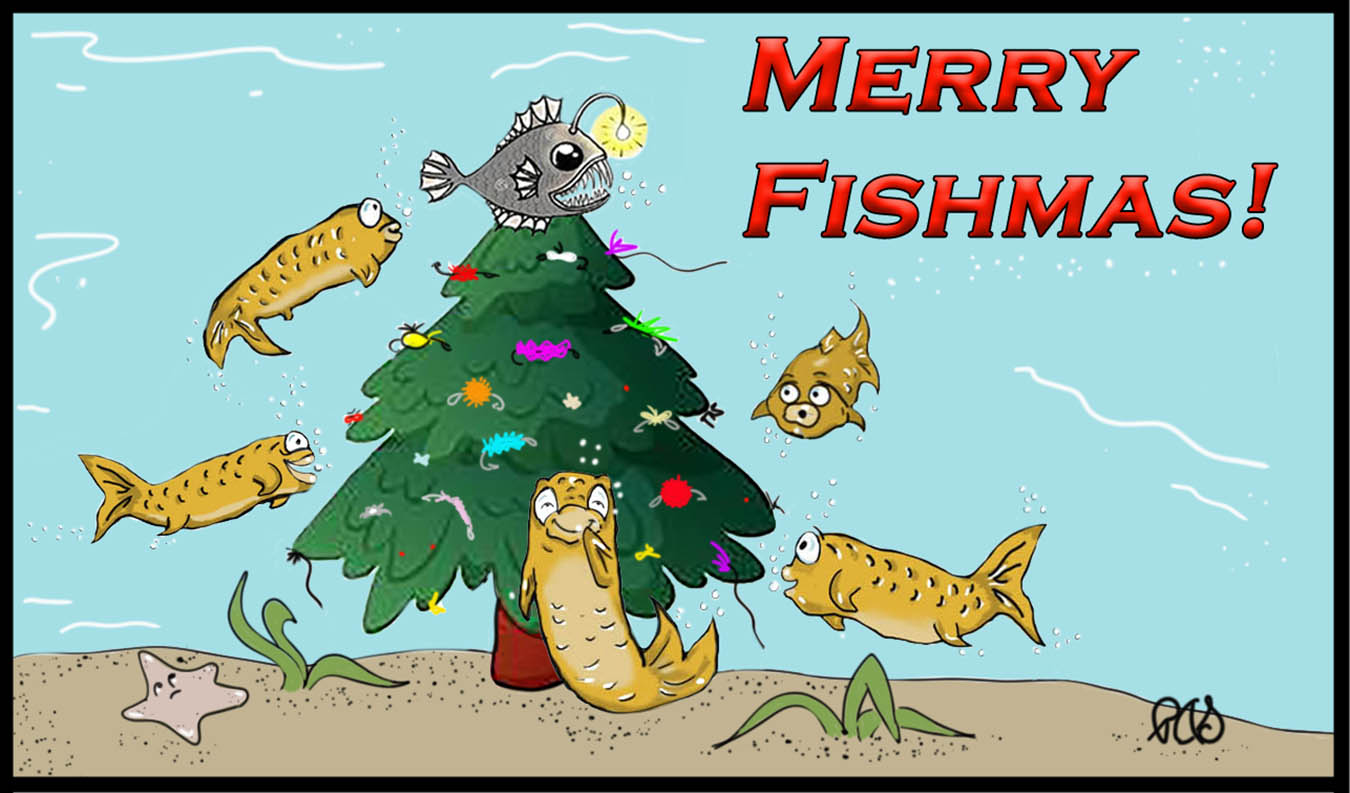
Don’t you wonder what they do with all those lost flies?
Posted on November 27th, 2024
At the November club meeting, Rich Rubin, recounted a story of recent drowning of experienced fishermen on the Skeena river. He wanted to keep club members safe by making sure they know basic stream safety and what to do when swept down river. Here is an article from Fly Fisherman magazine How to Wade Safely and Get Out of Dangerous Situations Below is part 1 of 6 videos on safe wading.
Posted on November 27th, 2024
So far 100 members have gone online to renew membership for next year…which is 40% excluding donations and continue to exceed previous years..We even have members request to be invoiced and another who called to renew and paid over the phone. Dues can be paid online at
santacruzflyfishing.org as well at the December monthly meeting. After the Dec 4th meeting there will be less than 30 days to renew your membership to remain on the Roster, monthly newsletter, and Googlegroups. Members who do not renew will be placed on the inactive list which has just been updated with current information. For those members who have renewed we thank you for your contributions to fund our conservation projects and scholarships. Bob/ robert6367@aol.com /831-251-8655
Posted on November 27th, 2024
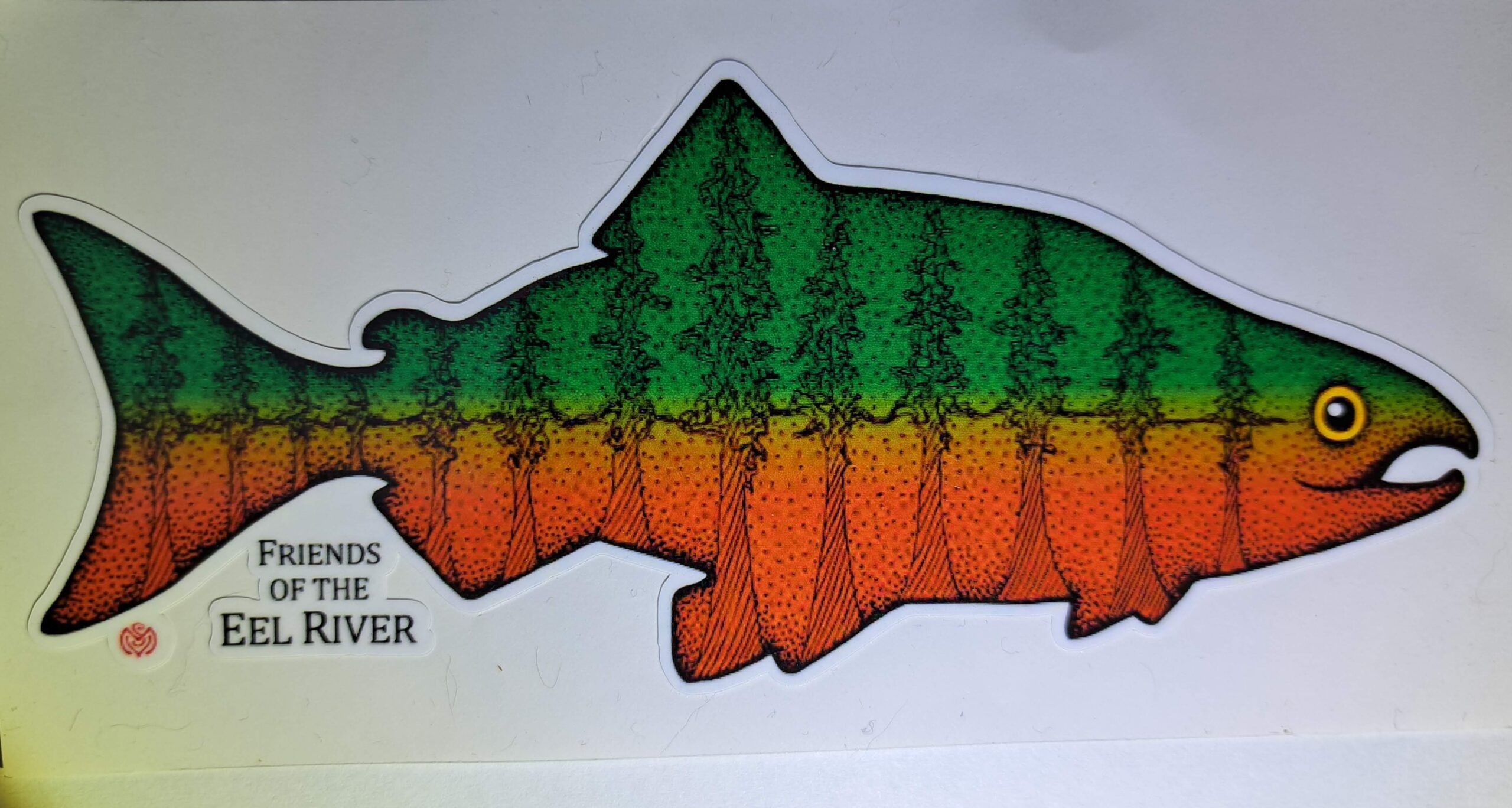
This month we have a look at another conservation organization SCFF supports: Friends of the Eel River
Friends of the Eel River works for the recovery of the Wild and Scenic Eel River, its fisheries, and communities. A top goal is to decommission and remove PG&E’s two aging dams in the Eel River headwaters and drastically reduce and/or shift the water diversion to the Russian River. In 2017, the Federal Energy Regulatory Commission began the lengthy project relicensing process. In 2018, PG&E announced its intent to auction the project (known as the Potter Valley Project) off. And in 2019, PG&E announced it was withdrawing its license renewal application. The latest proposal is to begin removal of the dams in 2028.
Why Remove the Dams?
Fish populations in the Eel River have severely declined. The Eel River once saw some of the largest salmon runs in California. with estimated annual runs of more than 1 million salmon and steelhead, including some 800,000 Chinook. Now those fish populations are between 1% and 3% of their historic numbers. The river’s salmon and steelhead populations are all listed as threatened under the Federal Endangered Species Act. Water quality throughout the Eel River is listed as impaired under the Clean Water Act because of excessive sedimentation and high temperatures. The river’s mainstem and estuary are also negatively affected by a lack of floodplain connectivity and habitat loss from agricultural land conversions, the introduction of non-native pikeminnow, and poor water quality. Cape Horn Dam has a poorly functioning fish ladder, and 12 miles upstream, Scott Dam, which creates Lake Pillsbury, has no fish passage at all. The result is 288 miles of potential salmon and steelhead spawning and rearing habitat is blocked. Scott Dam is the largest barrier to native salmon habitat on the north coast of California. It blocks access to high elevation, climate change resilient habitat in Mendocino National Forest and Snow Mountain Wilderness.
Other Programs Friends of the Eel River is engaged in:
Public Lands—FOER works to improve and enhance access to public lands and to support new designations promotes access in the Eel River watershed.
Estuary and the Lower River—Restoring the Eel estuary is key to reviving healthy populations of migrating native salmonids. To achieve this, they work to implement effective groundwater management and preparing for climate change and sea level rise.
Water Quality—Instream flow protection and point source pollution violation enforcement are two efforts FOER supports.
The Santa Cruz Fly Fishing club conservation committee enthusiastically supports Friends of the Eel River because of their dedication to restore the health of the Eel River watershed. It is through their efforts that gives us hope for the future of this fishery.
Also worth noting is FOER is a member of a coalition of Tribes, conservation groups, and businesses called Free the Eel. https://freetheeel.org/
For a brief overview of Friends of the Eel River and more insight into the organization, go to:
https://eelriver.org/wp-content/uploads/2024/03/FOER-One-Pager-Info-Sheet.pdf
This is an excellent article on the dam removal project:
https://therevelator.org/dams-eel-river/#:~:text=A%20report%20from%20fisheries%20biologists,beyond%20the%20next%2050%20years.%E2%80%9D
Posted on November 27th, 2024
Since “a picture is worth a thousand words”, I’ll just let the pictures tell the story of 2024. I hope that you have a wonderful holiday season and start thinking about where your fly fishing journey will take you in 2025.
Scott Kitayama
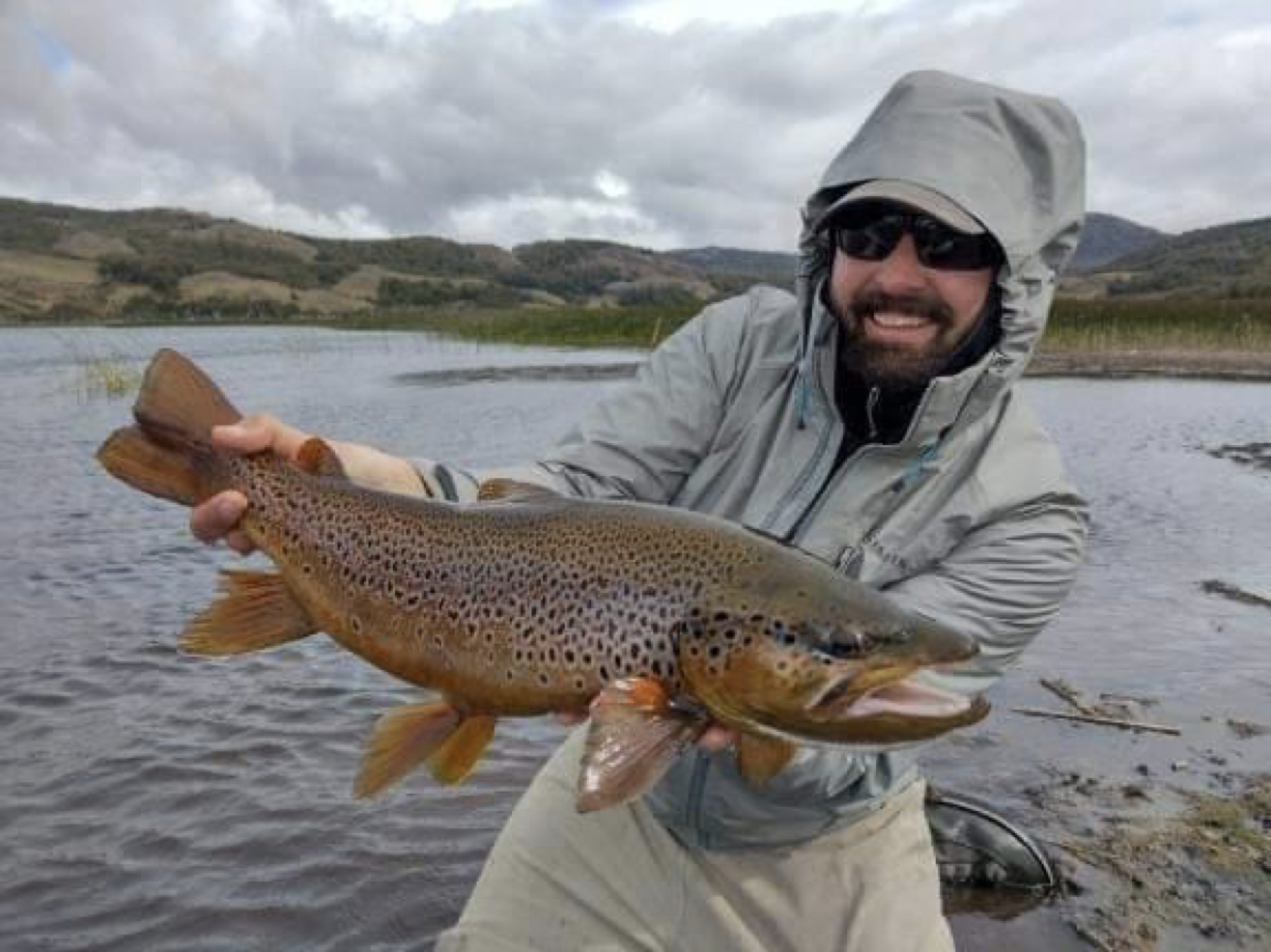
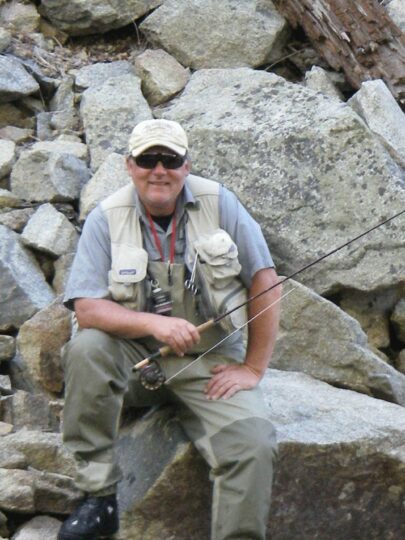
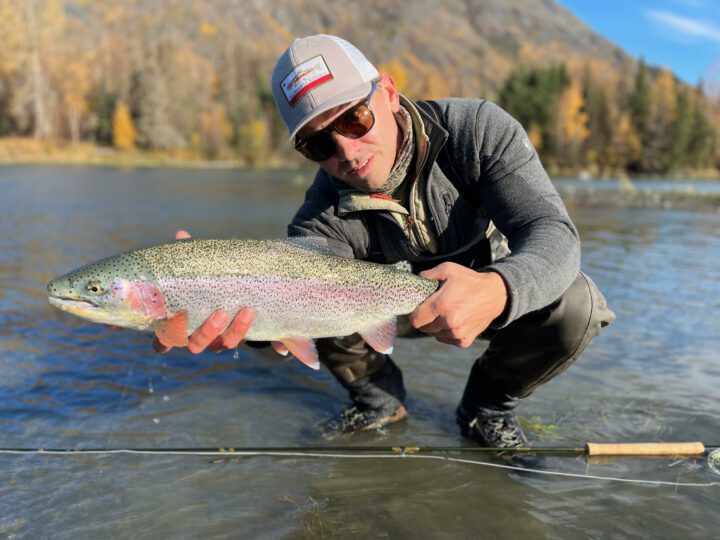
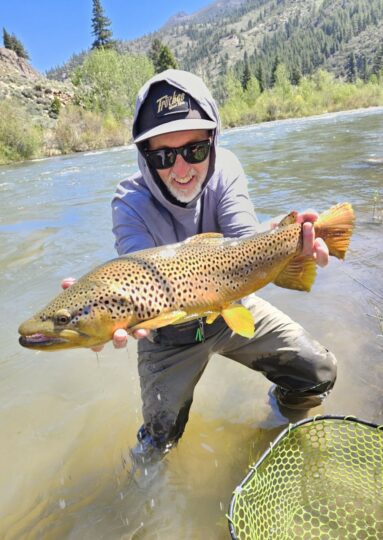
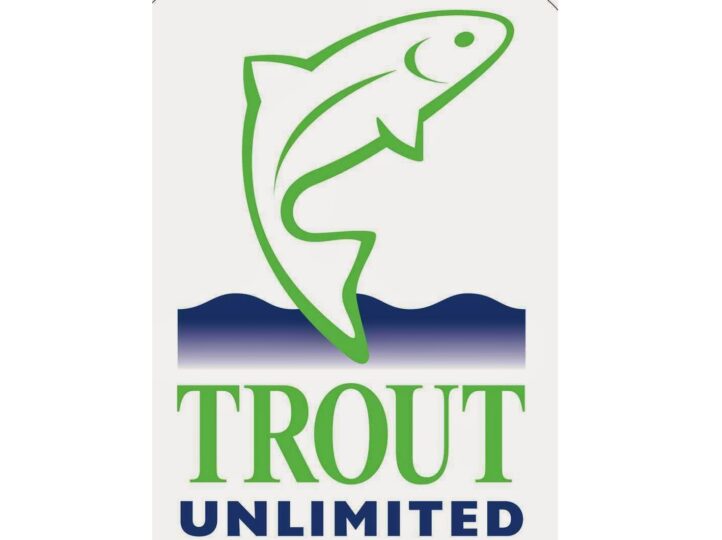
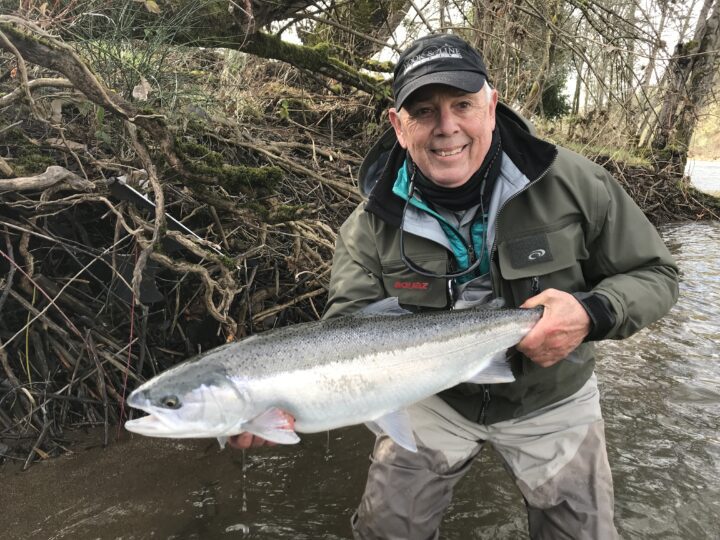
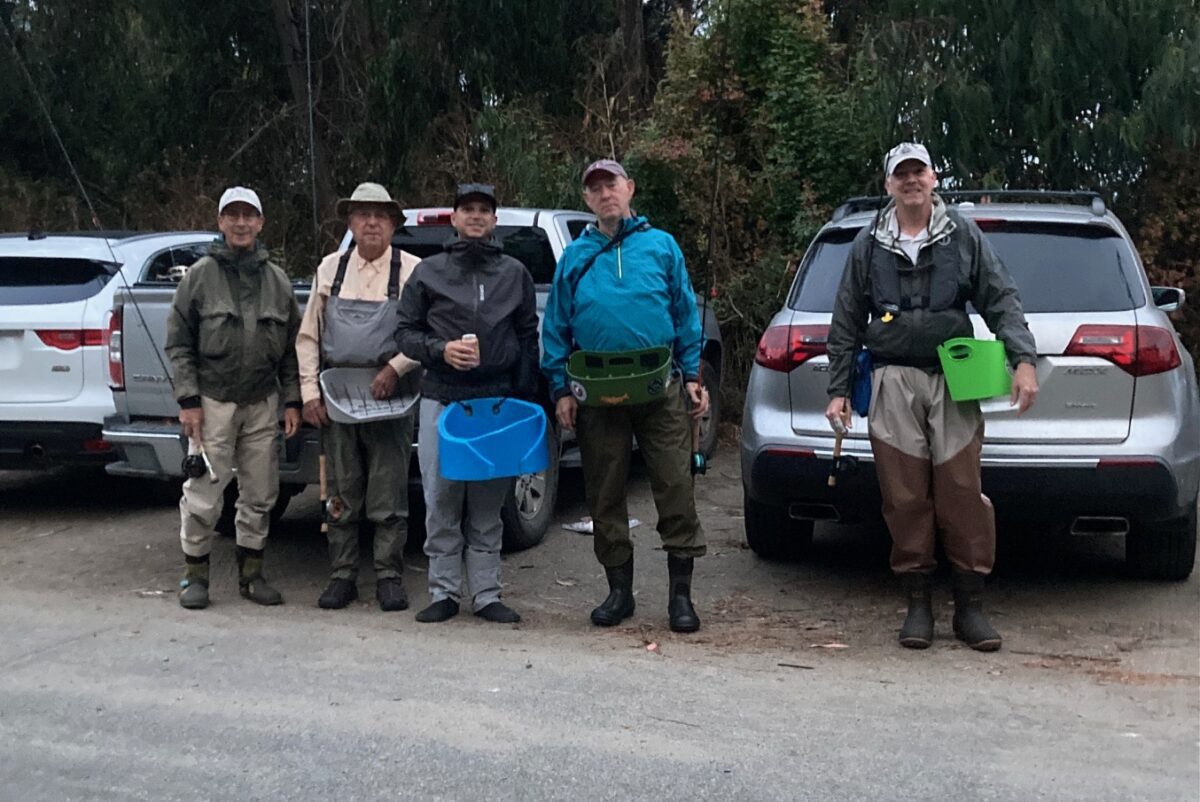
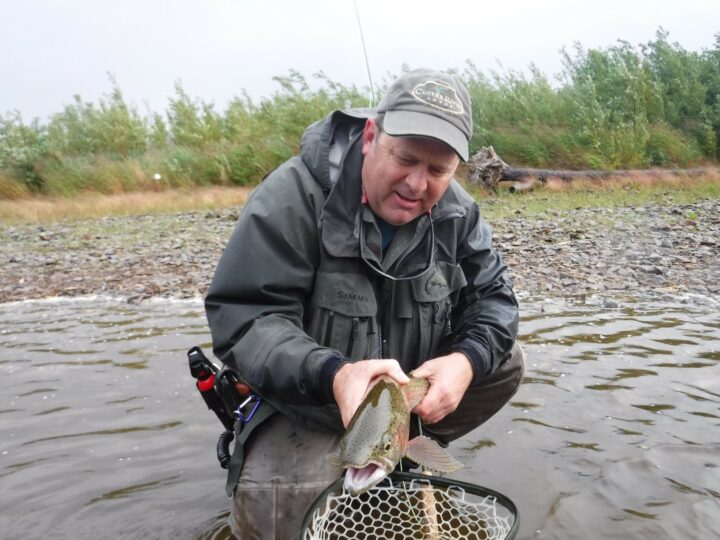
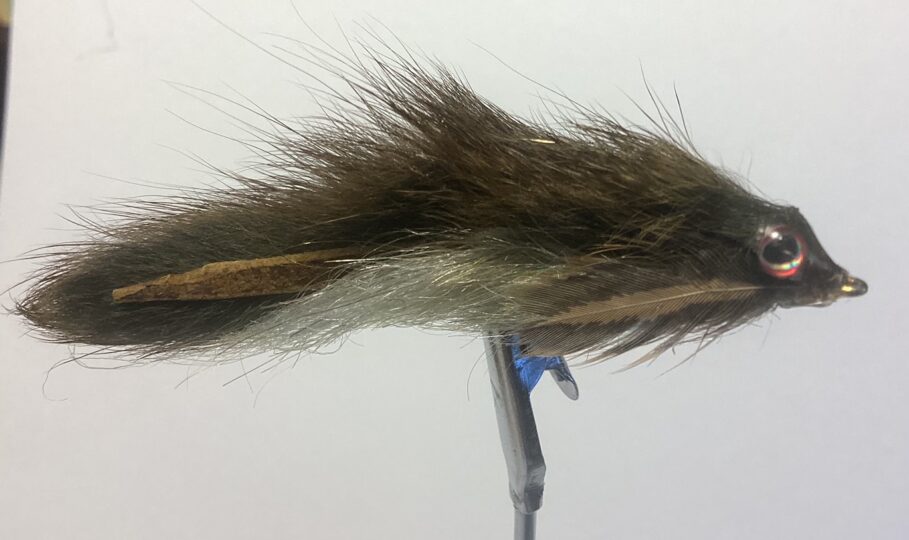
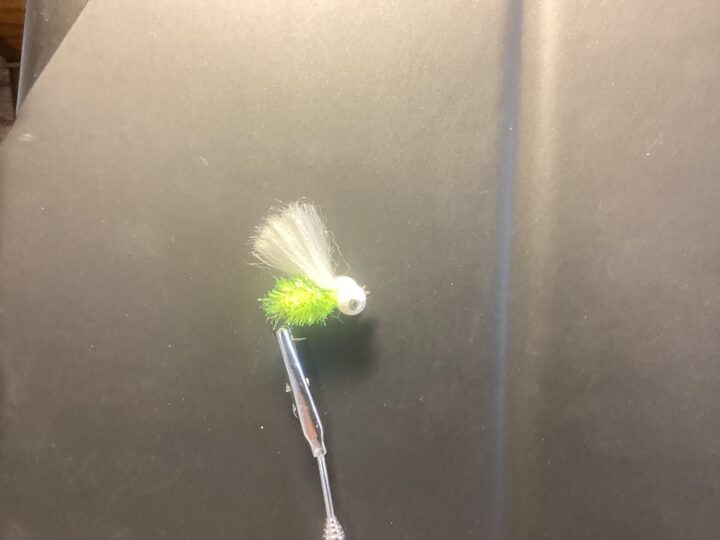
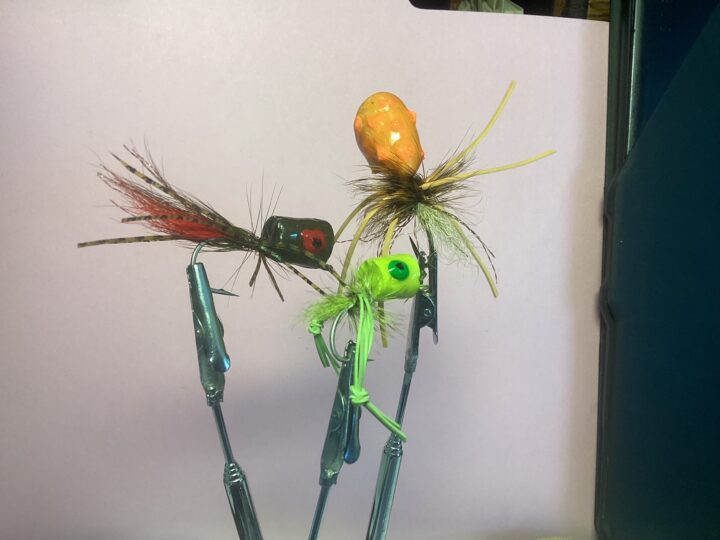
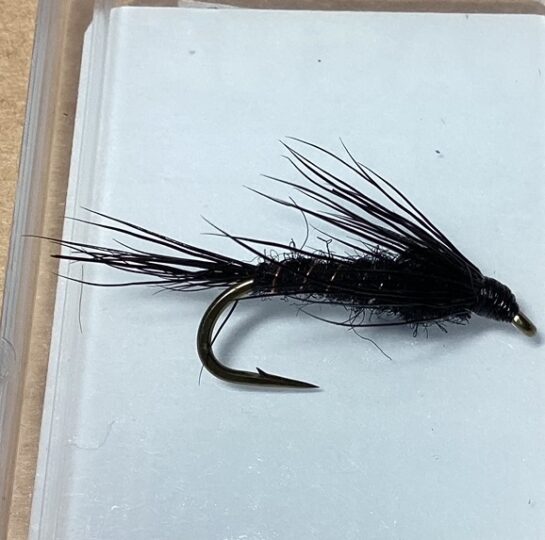
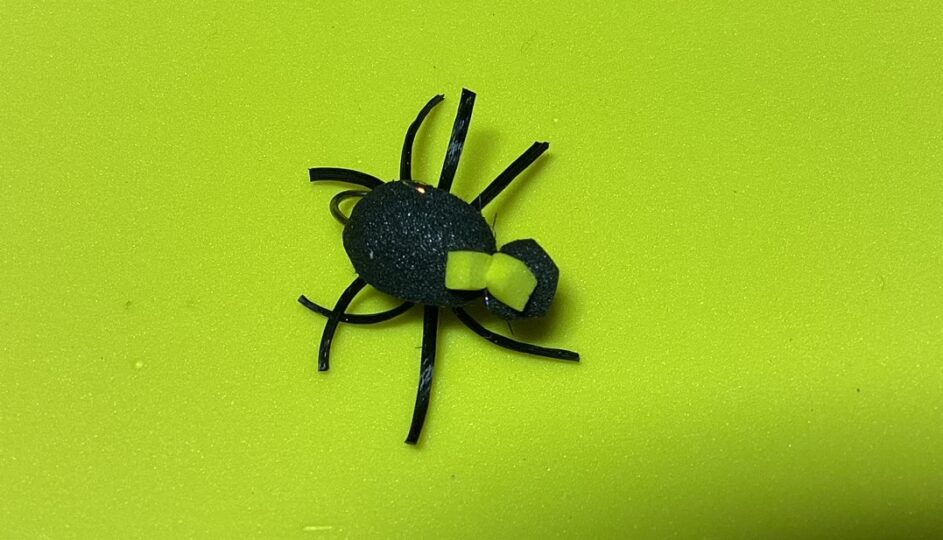
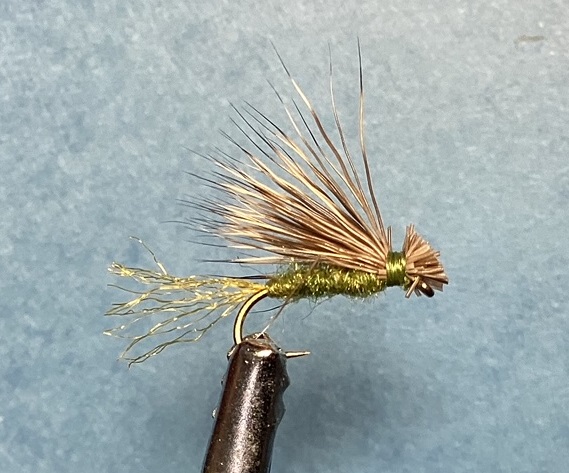
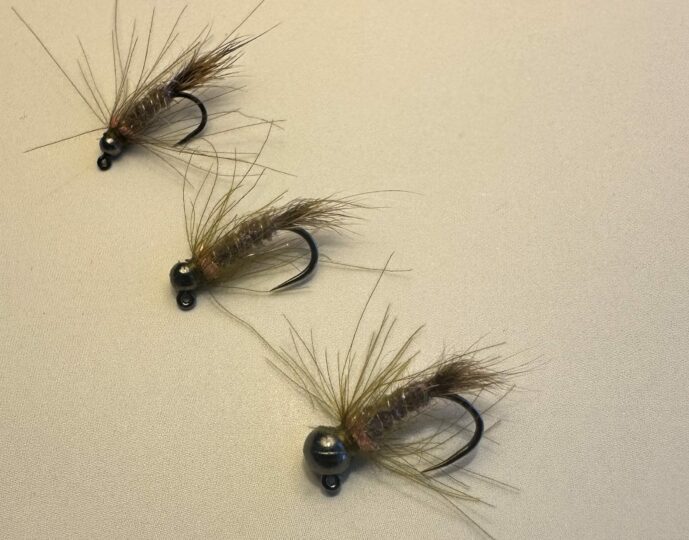
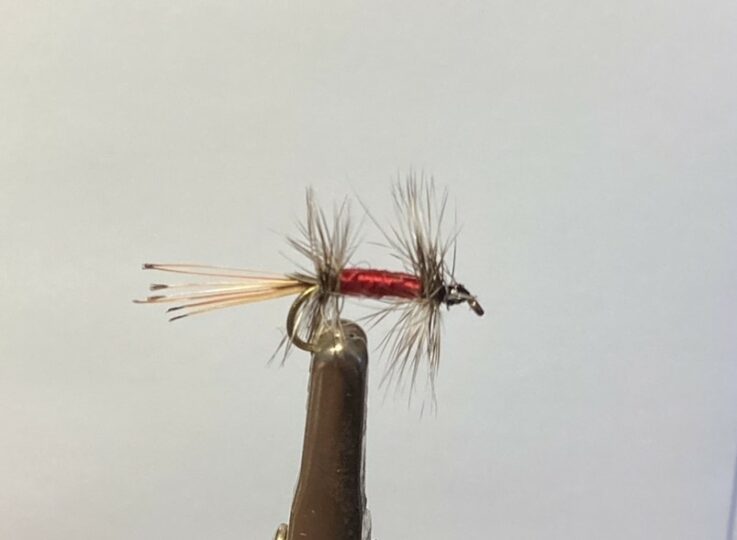
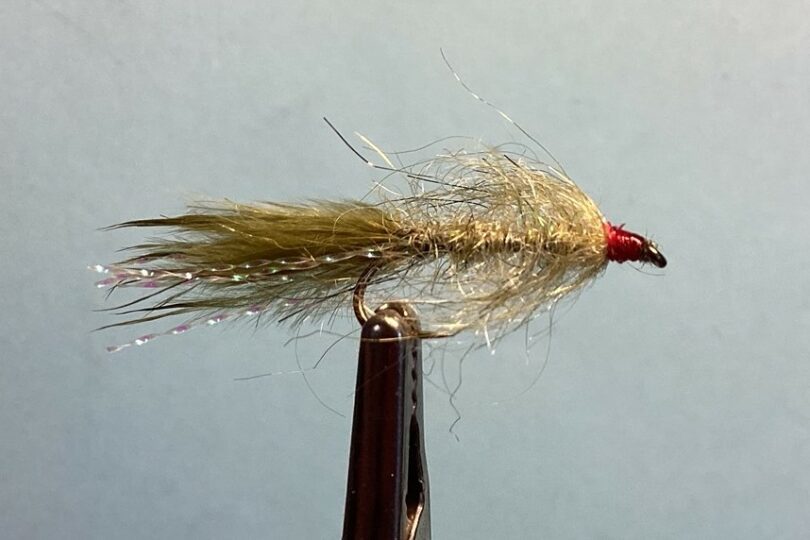
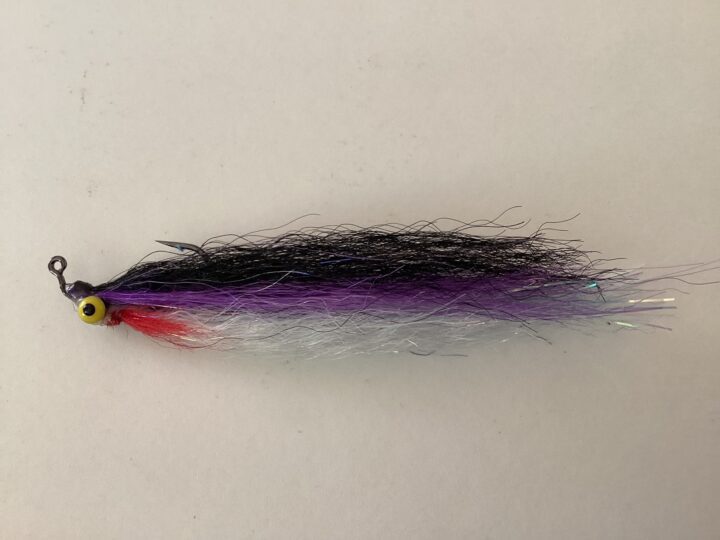
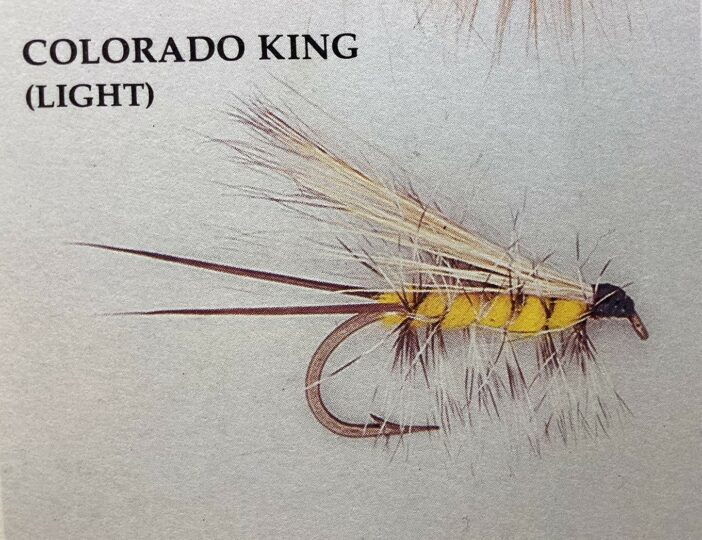
This year, we donated $3,600 to worthy conservation groups and we highlighted some in the newsletters. But our conservation efforts didn’t just stop with handing out money. Club members rolled up their sleeves and put in the work to help. This included volunteering at the MBS&T hatchery, Save our Shores, fish transfer with the Carmel River Steelhead Assoc., cleaning up the Arthur River with Trout Unlimited, cleaning the Salinas River with SVFF club and doing our own river cleanup on the San Lorenzo.

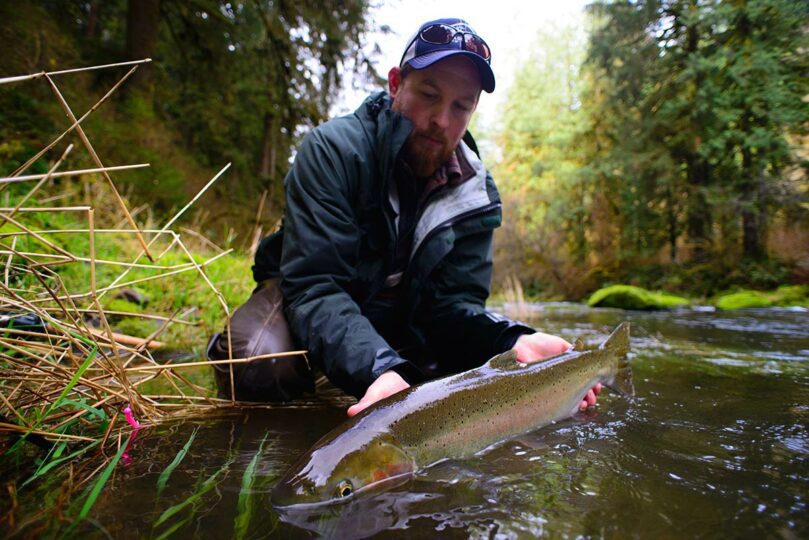
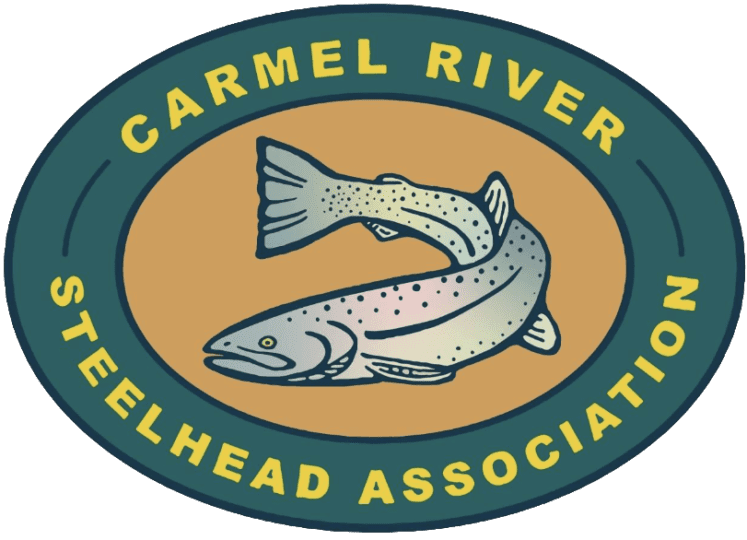
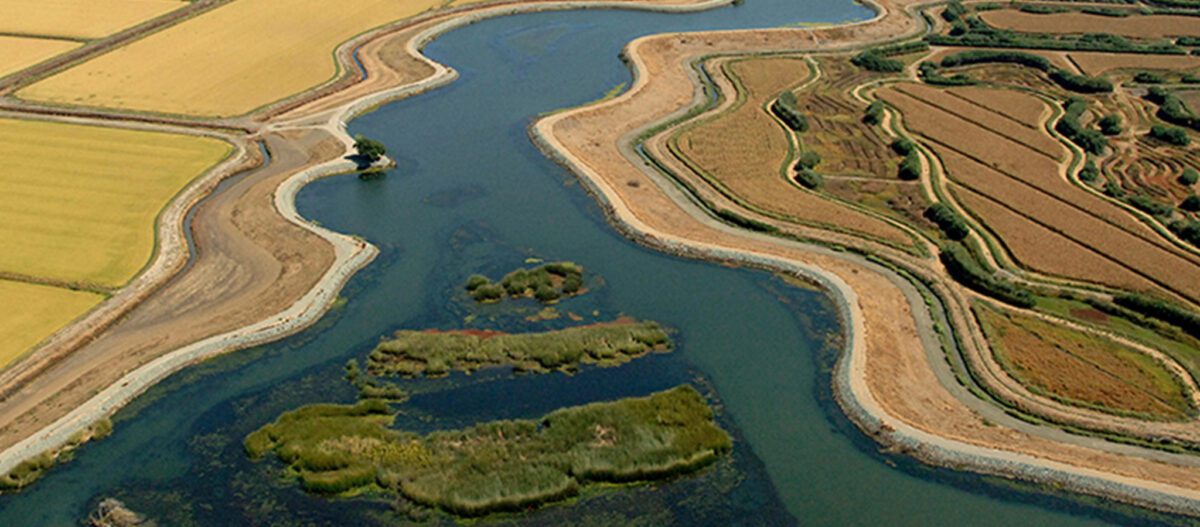
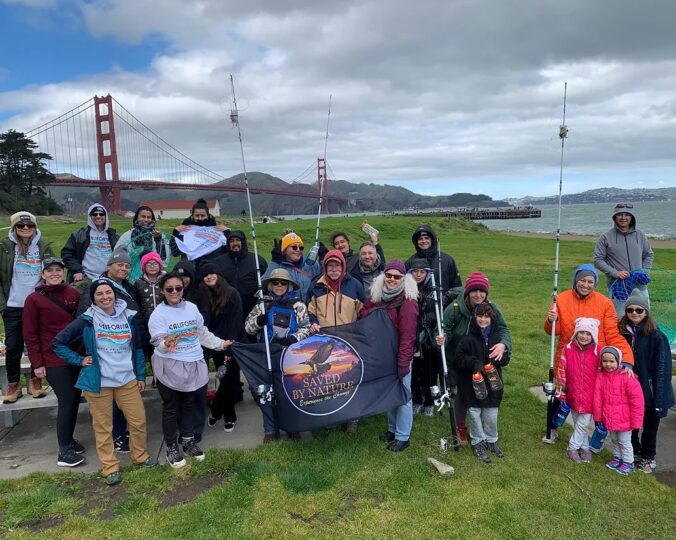
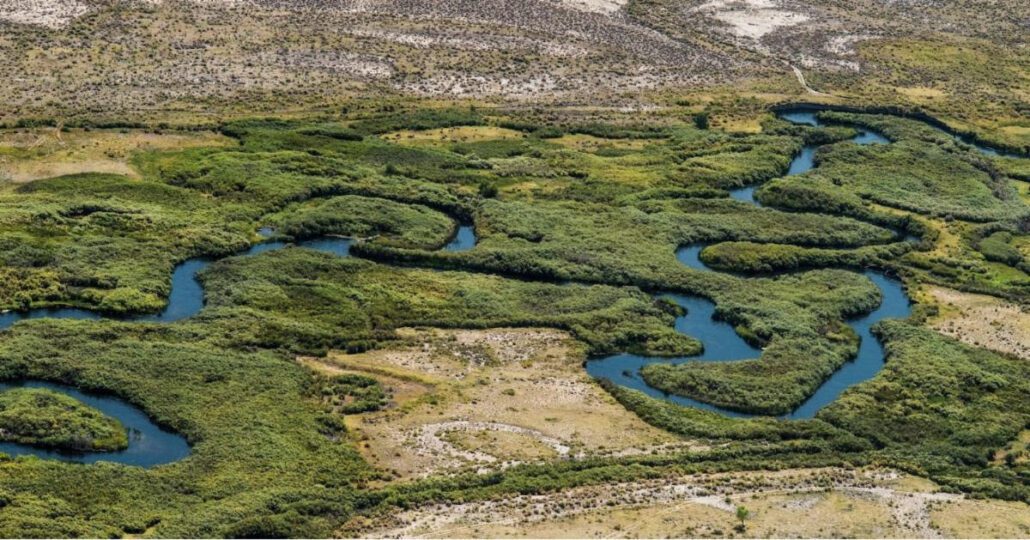
In 2024, the club had 19 fishouts on the calendar with 15 of them hosted. Plus innumerable ad hoc trips to the surf, forebay, local streams and lakes. We hope to have more than that in 2025!
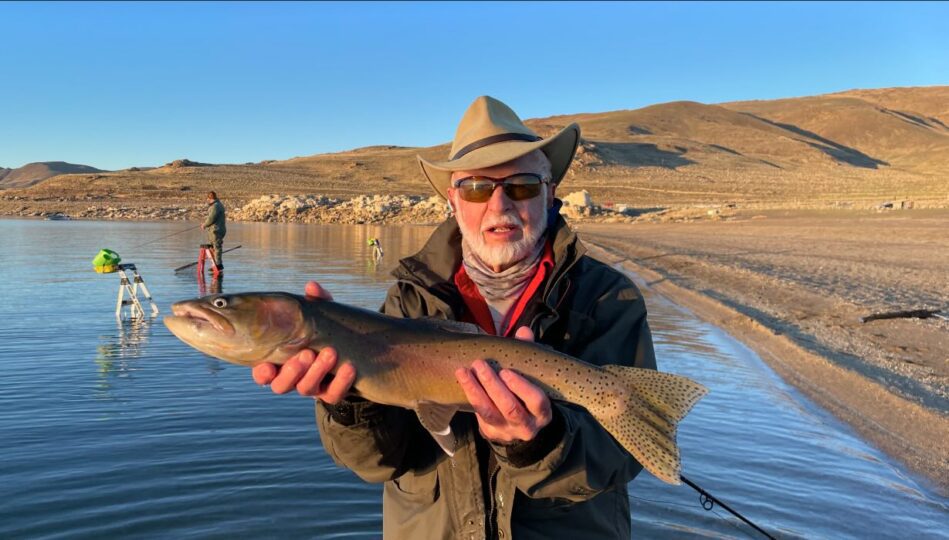
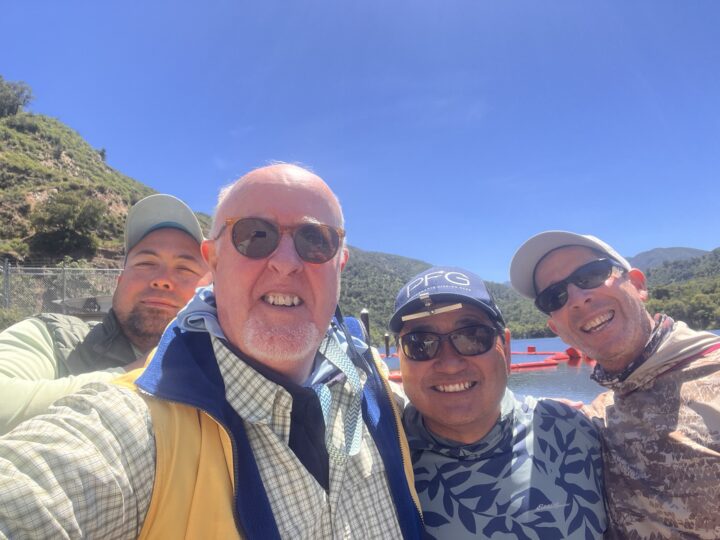
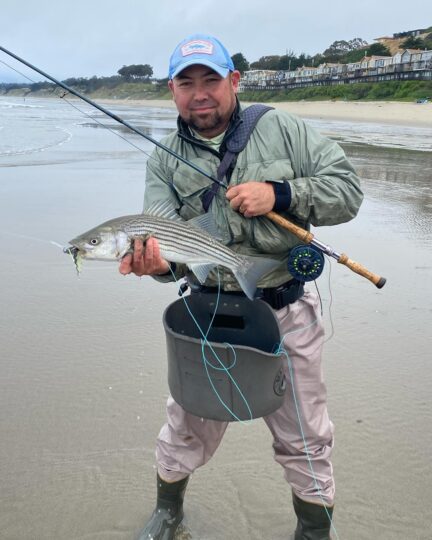
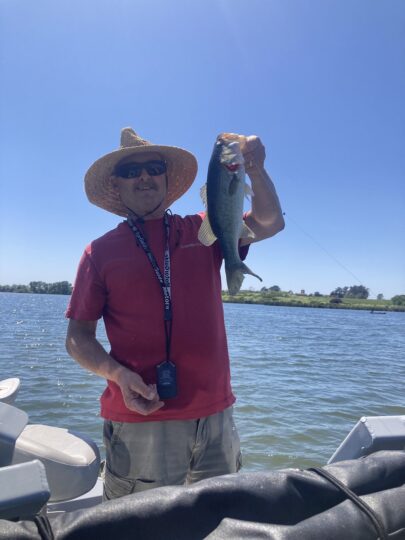
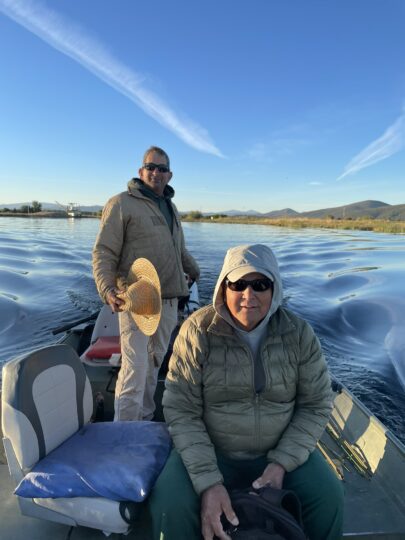
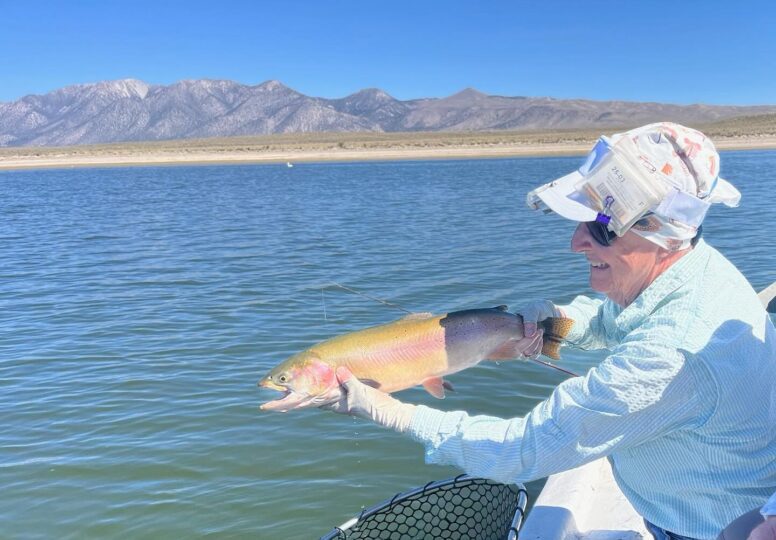
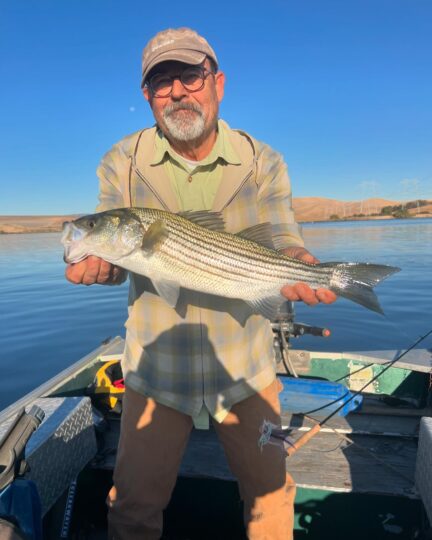
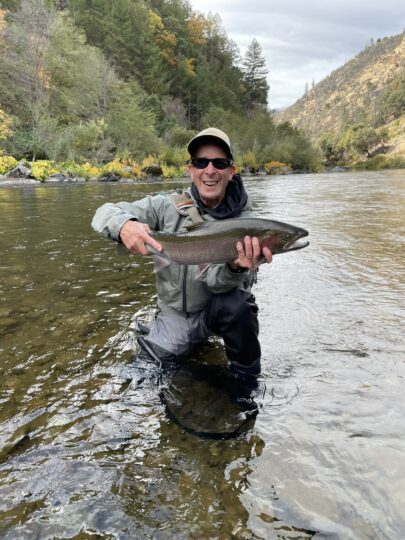
Posted on November 27th, 2024
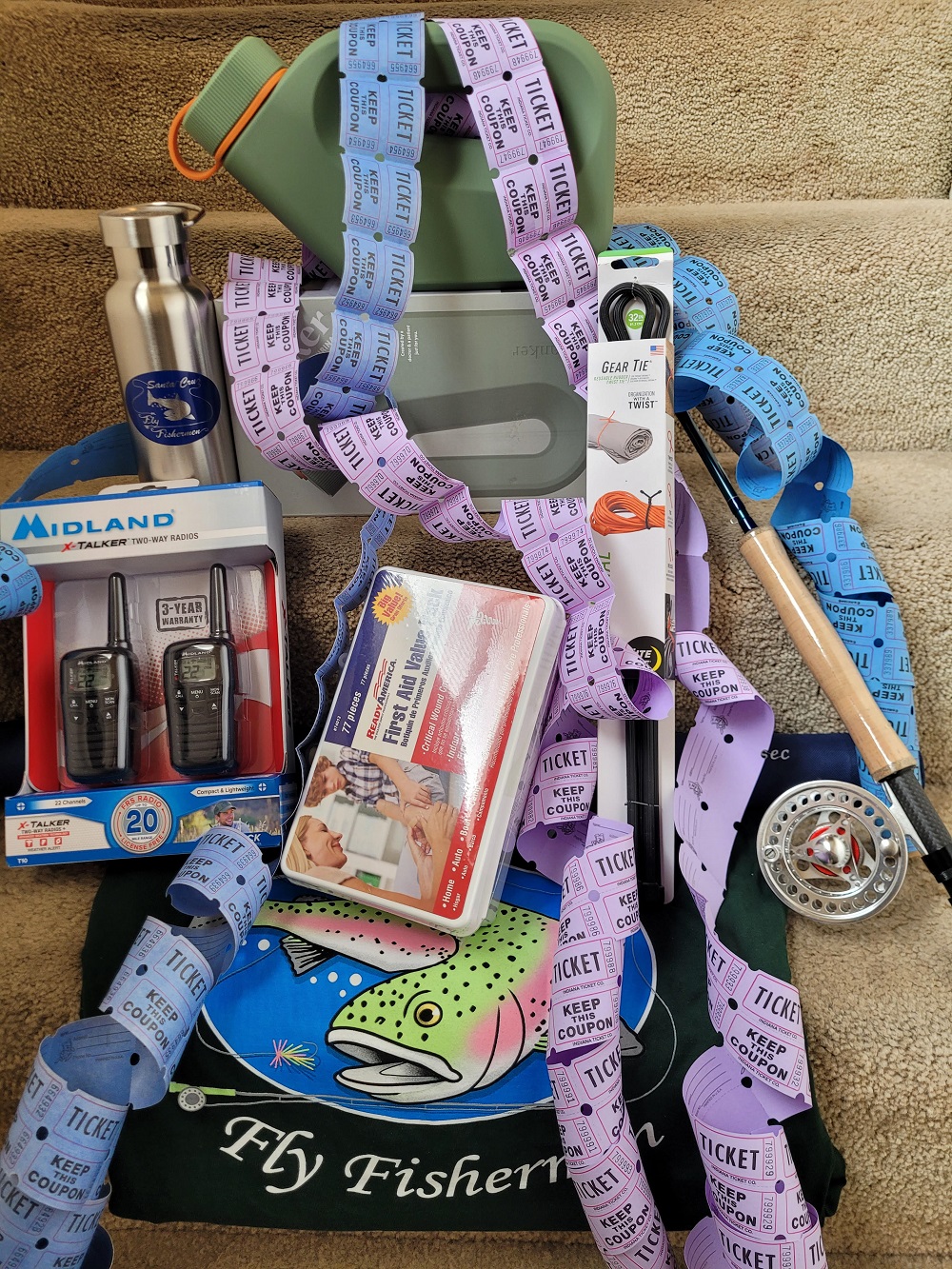
‘Tis the season to be jolly, you will be jolly when you win one of these great raffle prizes!
Posted on November 27th, 2024
Planning and organizing the Annual Fundraiser on Feb 1, 2025 has been going on for months. We have recruited nearly 40 volunteers and I am deeply gratified by the outpouring help. But there are still ways that you can make a difference!
We want to be sure to have raffle and silent auction prizes that appeal to everyone and many attendees don’t fly fish. We would like you go to your favorite businesses and ask for donations for the fundraiser. Click here for a PDF link to a “Request for Donation” letter and a “fill in the blank” gift certificate. I hope that by filling in the name of the business, signing your name, and writing a short note on the letter, it will help make it easier to ask. Remember, we are asking for help to fund donations to local environmental organizations and student scholarships.
If you already have all the fly fishing equipment you need and have new or nearly new items, consider donating them for the Fundraiser. We can always use more items on the raffle tab le.
And finally, you can help by attending the event! Remember, you can’t win the great prizes unless you are present.
Posted on November 27th, 2024
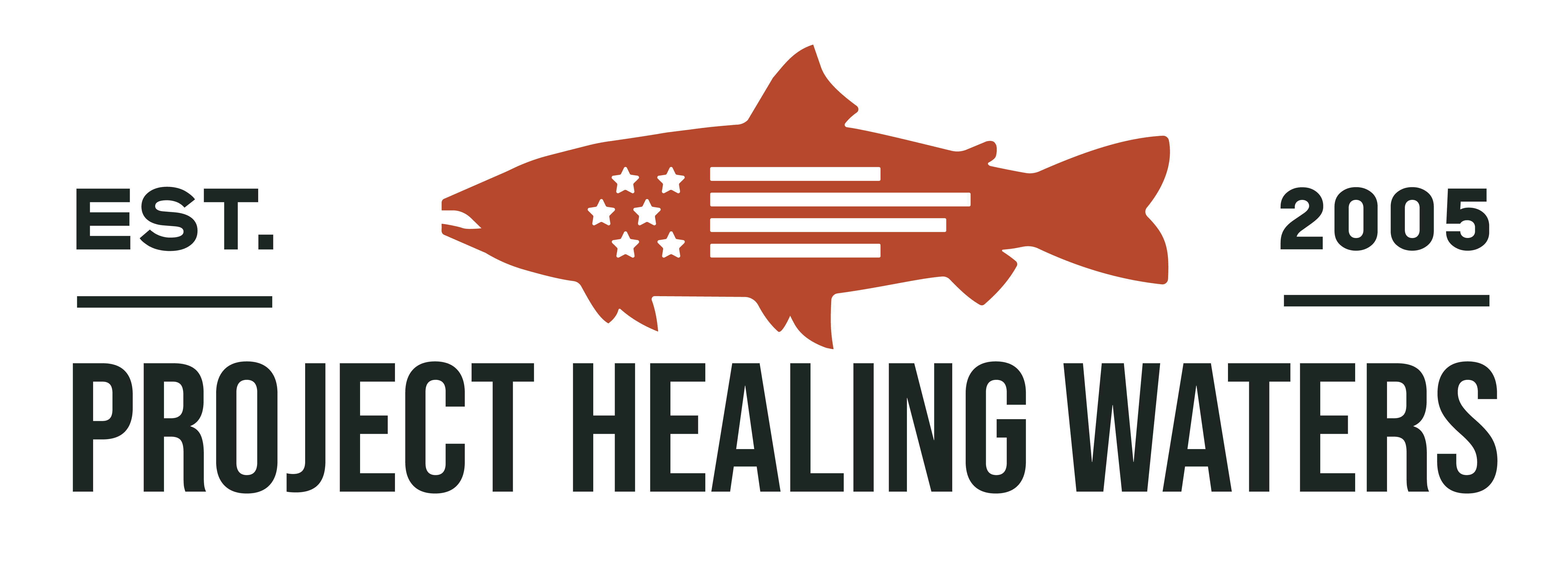
Project Healing Waters Fly Fishing, a leading national nonprofit in the area of therapeutic outdoor recreation, using the sport of fly fishing as an intervention. The restorative healing powers of nature and the outdoors are well-documented: for our Veteran and military participants, the Camaraderie, Connectedness, and community found in our programs, alongside the symbiotic relationship between veteran and volunteer, directly correlates to increased sense of belonging, resilience, and post traumatic growth.
Started in 2024, the Monterey Chapter has grown beyond expectation ending the year with 22 participants/vets and 14 volunteers. Many of the volunteers have come from the Santa Cruz club and their leader, Brian Steckler, strongly encourages their participants to join the Santa Cruz club.
NEW Q4-2024 newsletter: https://tinyurl.com/mubju9zc
Follow them on Facebook: http://www.facebook.com/PHWMonterey and on Instagram: http://www.instagram.com/PHWMonterey
Opportunities to volunteer with PHW Monterey: Sunday December 15 from 9-12 at Carmel River State beach lagoon. PHW Monterey’s casting clinic in the water with waders to get experience water loading.
If interested in helping contact Brian Steckler at Brian.Steckler@projecthealingwaters.org
Posted on November 27th, 2024
2024 has proved to be a great year for the clubs Fishouts. Fishouts were hosted from the warm waters
of Loreto Mexico hunting Roosters to the high desert of Nevada searching for Lahontan Cutthroats. We
had 19 events on the calendar and of those 15 were hosted.
The club is lucky to have a great membership of anglers who enjoy sharing their fishing adventures and
carrying on traditions of fishing excellence.
As of the publishing of this Newsletter, we have 11 trips confirmed for 2025 with dates to be confirmed
and additional information to be updated on the Clubs Fishout web page and calendar.
Below is a taste of what is to come.
January –
Yuba River Private Access (Sold Out)
April/Early Spring –
Roostercomb Ranch Private Waters
Upper Sac / McCloud
Green River, Utah (Sold Out)
Kelly Lake Private Water
June
Pyramid Float Tubing
Fall River
Santa Cruz / Monterey Surf (Monthly for the summer)
July
Loreto Mexico
Sept./Oct.
Mammoth
Oct.
O’Neil Forebay
We are always looking to add to our Fishout destinations and of course Fishmasters. So, if you have an
idea of a place to fish or are looking for information. Send out an email to the club’s Google Group
address and a Fishout may develop from that. It can happen that easily (2025 Green River, Utah).
The club is better and best served with your help!
Justin Ice
Fishout Chair
Posted on November 26th, 2024
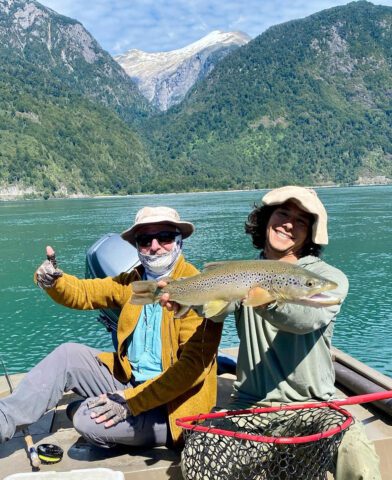
Recording of the Meeting: https://us06web.zoom.us/rec/share/IYqsd16PFQHY5nHdEK4yoC30hTuneOfb2oTNwjjaTHzgxfUPrLQeOG-4h8qNl1K8.jS-yHbwPMVWTxARn
(transcript included. Minute 50:00 Miles Marquez talk. Minute 19:00 Bucket list places and international travel tips)
Miles has been with Big Sky Anglers since the business on the corner of Madison and Canyon Street. He started out in the fly shop and quickly made his way to a full time guide in short order. Miles has truly unique background, he grew up on the streets of New York City, he and his buddies chased striped bass with their fly rods from the Bronx, along the East River, and down to the jetties in Queens. In between, they would ride the train up to the Catskills and fish dries on fabled rivers such as the Beaverkill and the West Branch of the Delaware River. Over the years Miles has lived and fished along the central California coast, in Northern Georgia, in rural Indiana, Argentina and Chile. Miles served with distinction in the US Army’s special operations community, as a member of 1st Bn, 75th Ranger Regiment. A Ranger School graduate, two deployments to Afghanistan and a wide variety of special operations training in all environments makes him no stranger to the outdoors, and a respectful and professional individual of the highest order.
After leaving the Army in the Spring of 2015, Miles moved to West Yellowstone. Miles quickly began to soak up local knowledge and learn the area’s waters as well as many of the long time locals. His drive and knowledge led to him to search for work in the fishing world.
Miles splits time between guiding full-time in West Yellowstone in the summer and in Chile for Martin Pescador during the winter months. When he’s not out on the water, you can find him rock climbing throughout the Rockies or hanging with his daughter, River.
You will never find Miles on the same piece of water day after day. Whether he’s on the Lakes, the Madison, Henry’s Fork or deep in the Yellowstone backcountry, he loves to explore all the area has to offer. Miles believes that fly fishing in any capacity or location makes all your worldly problems and worries vanish behind the sound of the river, the wild around you, and the rhythm of your casting stroke.
Posted on November 26th, 2024
| Date | Activity Link | Description | Location |
|---|
Posted on November 22nd, 2024
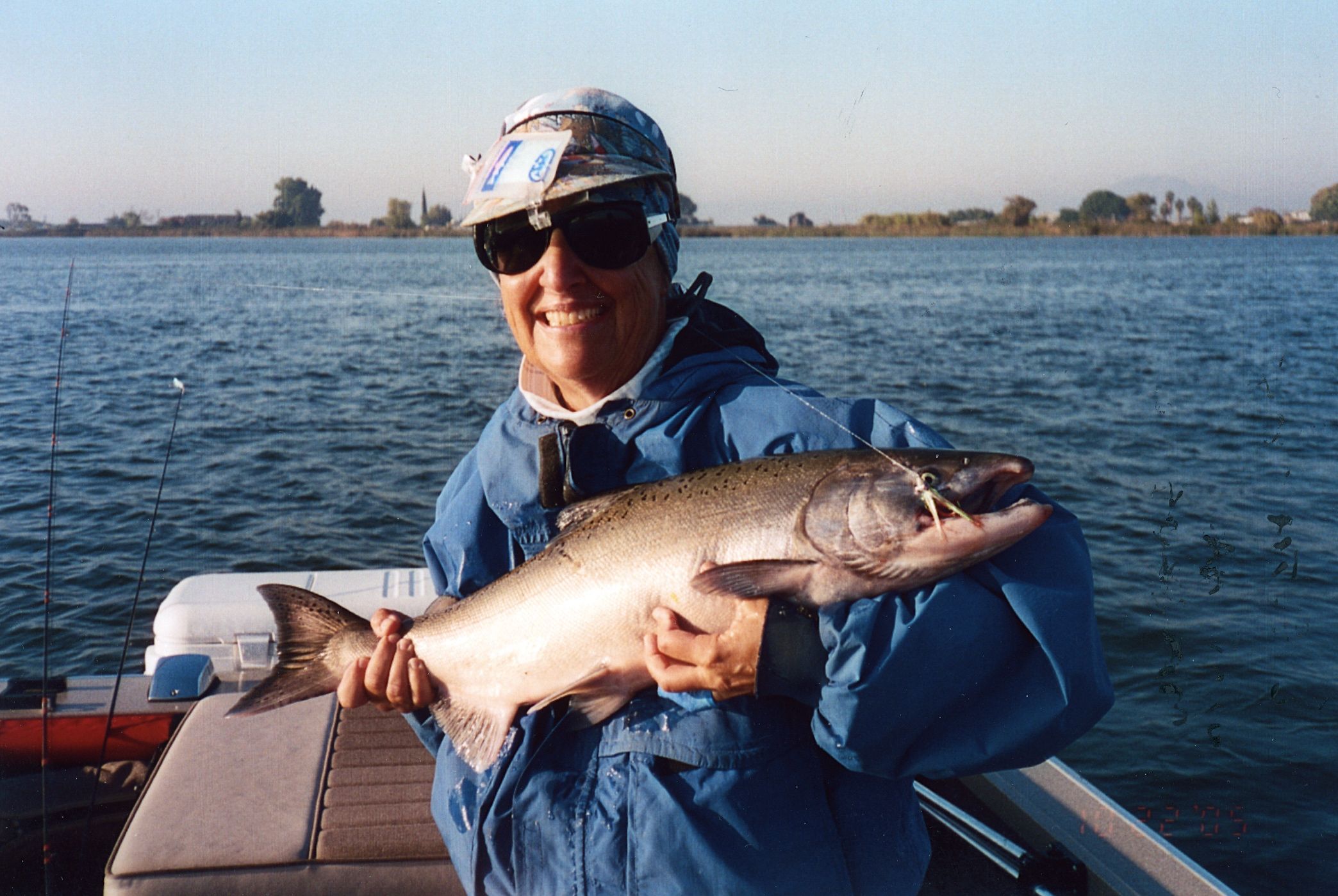
We may never master fly fishing -it tends to master us- but the club member who may come closest is Elaine Cook. The length of her membership alone -more than 36 years- is a testament to her patience, perseverance, and love for the art and science of this beautiful sport, and a healthy dose of all three for her fellow club members.
Elaine started fishing with her dad as a five-year-old, in the streams and waterways of the Eastern Sierra. Until she left home at age 17, Elaine fished the Sierra and the Pacific Ocean with her father, acquiring a deep love of the outdoors and the rich memories she treasures today. Three of her father’s bamboo rods arc gracefully across a wall in the cozy Aptos home she and her husband and fellow club member John have shared since 1972.
Among other prized artifacts are her dad’s well-loved wicker creel and fishing licenses from the ’40’s, and the 30’s-era green fishing vest that belonged to her mother, also an accomplished fisherman and enthusiastic fly-tyer who nevertheless didn’t teach her daughter the first thing about tying flies, Elaine said. Across the room from her father’s bamboo rods, in a corner flooded with natural light, is the spacious desk where Elaine ties favorite flies and masters the new ones she’s preparing to teach, like clockwork, on the second Wednesday of every month.
For the past 20 years, Elaine has been a poised, patient, meticulously-prepared fly tying mentor to members and non-members alike; the near- and far-sighted, the hesitant and the old hands, the know-it- alls and the know-nothings who come together to listen quietly as she demonstrates each painstaking step in tying the fly of the month, perfectly timed for the next excursion or upcoming hatch, or an all- purpose archetype that’s a must-have in every fly box. Beginners know; she is never disparaging; always warm and encouraging. “This is a complicated fly, so good for you for getting it done. I’ll bet your next one will turn out great.”
Elaine has been an integral part of the club in every way possible. Before taking over the fly tying classes she served from 1988 to 2022 as the editor of the newsletter. She’s been membership chairman, sponsored countless fishouts, and is even a cartoonist, like her father, whose work was nationally syndicated.
Elaine recounts that her pastime became a passion while in her 40’s. With their three kids grown, she and John were on a summer trip through the west in their Volkswagen bus, checking out streams, fishing here and there, “and having absolutely no success at all,” Elaine said. During a one-night stop at a KOA campground to do laundry, she saw a sign for free group casting lessons and private lessons, for a price, in casting or fly tying. “I literally ran back to the car and said to John, ‘Give me some money!'”
Elaine’s fascination with the art of fly-tying was immediate. John ordered fly-tying magazines for her, and on her first visit to Ernie’s Casting Pond, Ernie -who spent his 90th birthday at our meeting this month- told her to ‘pick out a fly in this book and I’ll teach you how to tie it.’ Elaine was equipped at home with her mother’s vise and a few of her tools. “Ernie told me, ‘Come back in a week and we’ll do another one.’ He’s the one who told me about the club.”
It was tough balancing her budding hobby with her job as an RN, running a hospital’s busy maternity department. “But I really wanted to get into it,” she said. At her first club meeting she was welcomed very warmly, she recalls, and being the only woman there hardly registered.
“I was so excited when I came home from that meeting. I told John I was going to go back every single month.” She jumped in, soon a fixture at board meetings long before she joined the board. “It was great. People were giving classes, teaching casting, knots, fly tying, having outings…I was participating in everything. I couldn’t get enough.”
John wasn’t interested in fly fishing then, “but he would take me on the outings and come to the club meetings and somehow got encouraged to be the president, not even a fisherman!” she said. By following Elaine on their trips John learned how to read a stream, and from talking to others he picked up the lingo. Then came the trip when he turned to Elaine and said, “give me that rod,” she said, and he was hooked.
Asked to share a favorite fishing experience, Elaine doesn’t hesitate. “It’s a lake in Wyoming that we go to in the Spring when the damsels are hatching. It’s a medium-sized lake, so I get in my float tube and it takes me 20 or 30 minutes to paddle to the far end. The rainbow in that lake average about 16 to 18 inches, and at the far end there are reeds and brush, and they love to be down in there. You can see the fish feeding. You put a fly out in an adult damsel pattern and wait for them to come around. It’s tricky to get a fly in to them. It’s very exciting. I’ve been there many times.”
Not surprisingly, she doesn’t share the location. “Oh, I never disclose that,” she said with a smile. “It isn’t easy to get to, way out on BLM land, dirt roads, gravel roads, a dry camp, no running water…” So how the heck did she find it? “A librarian friend found it on a map in the library.”
Elaine is energetic and admirably fit, and until a year ago nothing slowed her down. But last fall she sustained a serious foot injury (“I was doing some very aggressive fishing”) which has been frustratingly slow to heal and remains painful. This summer, to their great disappointment, John and Elaine had to scrub their annual 3-month swing through the western states to fish and well….pretty much to fish.
She rejects the suggestion by some that she’s the best fisherman in the club. “I am not. I am skilled and I do very well. I am persistent. I will put in more time. And because I have joined a club with so many outings; ocean, river, stream, pond, high in the mountains, in the desert, in the San Joaquin Valley….I’ve learned a lot of varied skills. Most tend to focus on one or two kinds of fishing. I will fish for anything that swims.”
At 82, Elaine still personifies that spirit.
“Next year, in my head, I want to do exactly what I had planned for this year, which involved largemouth bass fishing in northern California, and up into Oregon for largemouth and trout fishing, and then into Montana, Yellowstone, into Wyoming, then south into Utah. From there if we’re tired or it’s smoky we may meander back, maybe around August. So the plans right now are up for grabs.”
Posted on November 18th, 2024
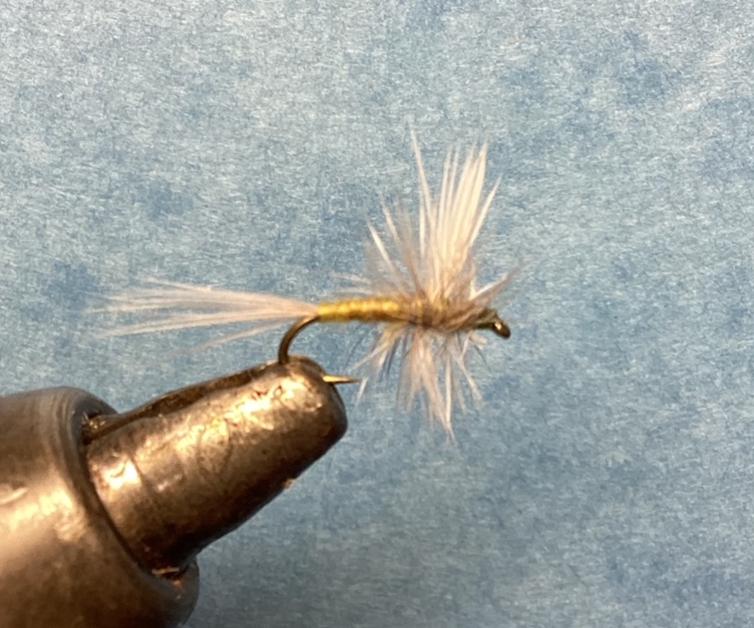
This dry fly pattern is an adult mayfly. These insects hatch all over the United States, very readily in the spring and summer. The “BWO” stands for blue wing olive. If you are one of the people going to the green river in April, this fly is an absolute must. We will be tying the fly in a size 16, so bring your glasses, magnification if you have it and a table light. The club has quite a few lights, but usually not enough to go around. As always, the class is free and all materials are provided. If you have black 6/0 thread do bring it. We love to have beginners and have equipment for you to use and plenty of instruction. Also, don’t forget to sign up at the club meeting or call with at least 24 hours notice. 831-688-1561 or 831-234-6515. Elaine
Future tying classes. Dates and subject may change, please go to Fly Name to see more information.
| Date | Fly | Excerpt | |
|---|---|---|---|
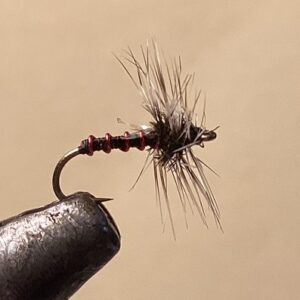 | Feb 12 6:30 pm - 8:30 pm | Geno’s Midge Emerger | This mayfly emerging fly pattern can be used throughout the United States. For those going to the Green River fishout in April, it is being recommended by a particular guide named Gino who has guided there for many many years. As always, the class is free and materials provided. if you have black 8,0 thread do bring it. For you beginners, there our vices and tools for you to use. You are always welcome to try your hand at flying. Sign ups are important which you can do at the February club meeting or by calling me at 831-234-6515. Please allow at least 24 hours to prepare materials. Elaine |
Posted on November 11th, 2024
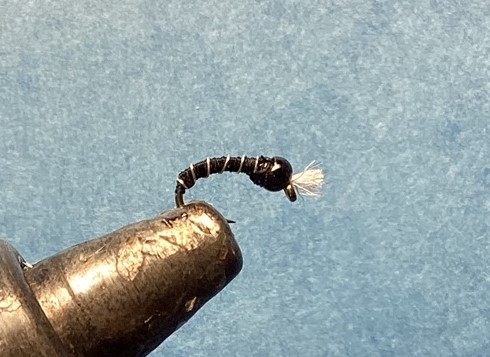
Midges be the major source of food for trout in the winter and early spring but available all year. Midges tend to be smaller in moving water and larger in still water. This particular pattern is best used in moving water and particularly good for tail waters and spring creeks. The pupa follow the larval stage and imitates the midge ascending to the surface to hatch out. That’s when it’s the most vulnerable to trout and the stage that they are most likely to eat.
HOOK: Heavy scud hook, such as TMC 2457 or Dai-Riki 235 Sizes 18-22 Crimp barb.
THREAD: Black
Ultra thread 70 denier, for attaching gills
UNI-Thread 12/0, for body of size 18 hooks. 14/0 for body of size 20 and 22.
Attach 1/3 back on shank with few wraps.
GILLS: White Z-lon or similar. Separate fibers. Tie small bundle to top of shank up to hook eye. Cut rear fibers at an angle. Wrap down to shank creating a taper. Tie off thread cut access.
BEAD: Black glass. Size to match hook. See picture. Feed onto hook, small opening first, up to hook eye.
BODY: See above. Attached behind bead. Touching wraps to halfway around bend of hook. Touching wraps forward to bead.
RIB: Silver wire.
Small for size 18 hooks.
Extra fine for size 20 and 22 hooks.
Feed tip into rear of bead. Attach to top of shank with touching wraps, back to just short of body. Touching thread wraps forward to bead. Spiral wrap wire forward in about seven wraps up to bead. make one extra wire wrap behind bead. Cut wire with old scissors. Wrap thread collar behind bead covering final wire wraps. Tie off cut excess. Apply glue to body and collar. Cut gills to appropriate length, see picture.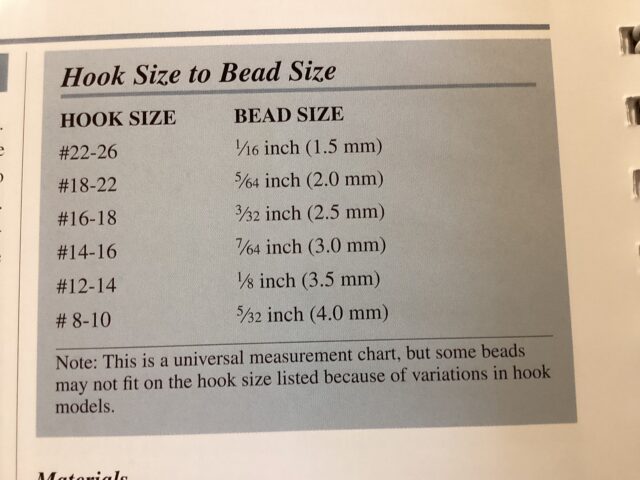
Posted on October 26th, 2024